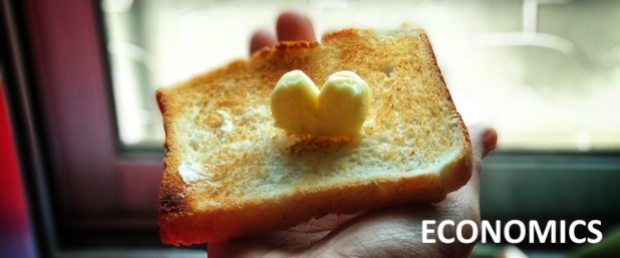
I work with businesses daily and when we speak of transiting to the low-carbon economy, moving away from Oil & Gas assets, to new businesses that would accelerate the transition, the conversation could go both ways: (1) Show me the money; (2) There is no other way.
The motivation for green is hard to be sustained by pure profit motive because that tends to be more short term whereas longer term motivation is driven more by fundamentals.
If there isn’t money right now or that money doesn’t come, then those who claim that they are in green for the money won’t be able to stay on. Even if you have conviction that the money would come, it is almost certainly driven by a longer term, fundamental thesis. And this fundamental thesis, tends towards the “there is no other way”.
A balanced, and pragmatic view of this landscape requires us to recognise that the old incentives and structures need to be dismantled to push for the new but at the same time, we need to keep proving that the new works. After all, the oil & gas industry and technology had decades to build up to the scale they have today.









